Heard of a Toyota Highlander before?
Despite the Scottish name I only recognised it because I visited the States pre-Covid, where Highlanders are everywhere.
It’s not hard to see why the Americans love them. They’re huge, comfortable, well equipped and dependable.
But success in the USA does not equate to success in the UK. How would the Highlander handle Scottish roads?
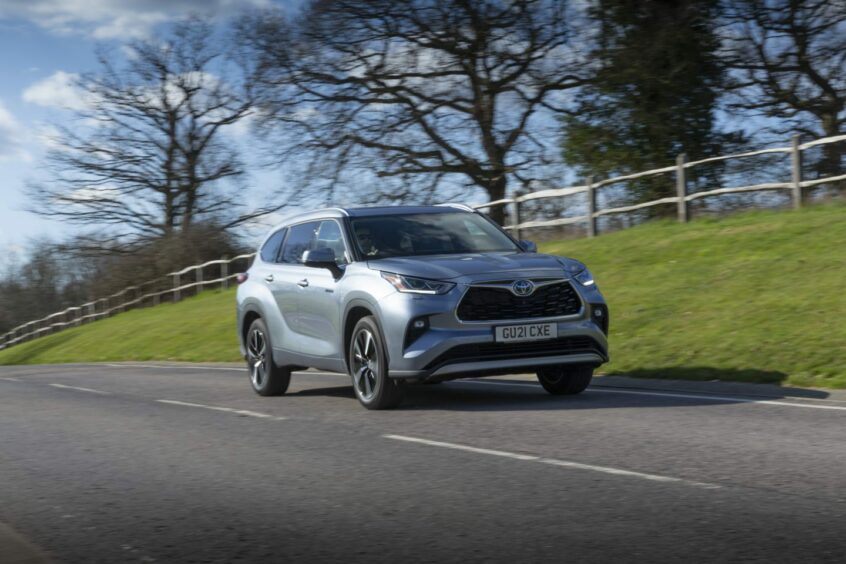
At nearly five metres long and with seven seats it’s a big beast. A slippery shape helps disguise its dimensions, however, and it doesn’t feel cumbersome to drive.
Choosing a Toyota Highlander couldn’t be easier. There is only one engine choice and two trim levels.
Under the bonnet there’s a 2.5-litre petrol engine paired with an electric motor and battery. This hybrid set up offers similar economy to a diesel but with fewer harmful emissions.
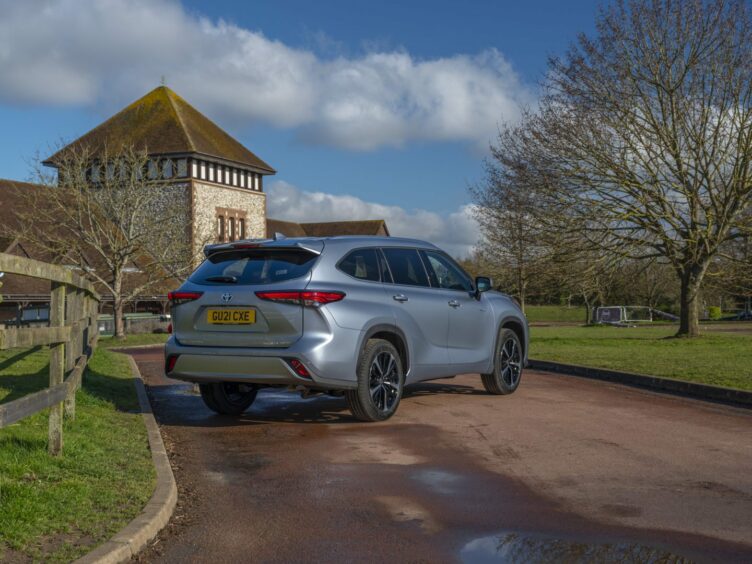
With 244bhp it’s quick off the mark for a big beastie. Zero to 62mph comes up in 8.3 seconds. Despite weighing more than two tonnes it will nudge 40mpg as well.
With prices starting at more than £50,000 it’s more expensive than some seven-seat alternatives such as as the Hyundai Santa Fe and Kia Sorento. Indeed, for only slightly more outlay you can have an entry level Land Rover Discovery or Audi Q7.
Neither of those will be as well equipped, however. Every Highlander comes with heated leather seats, heated steering wheel, a panoramic sunroof, three-zone climate control, high-end sound system, electric tailgate, keyless entry and 20-inch alloy wheels.

Step up to range topping Excel Premium trim and you get a head-up display, ventilated front seats and gesture control for the tailgate, as well as some fancier alloy wheels.
What’s it like to drive? Big and comfortable is the short answer. I took it for a long drive on Scotland’s west coast.
Motorways and A roads are where it really thrives. Get it up to 60 or 70mph, switch on the adaptive cruise control and it’s a relaxing and comfortable drive.
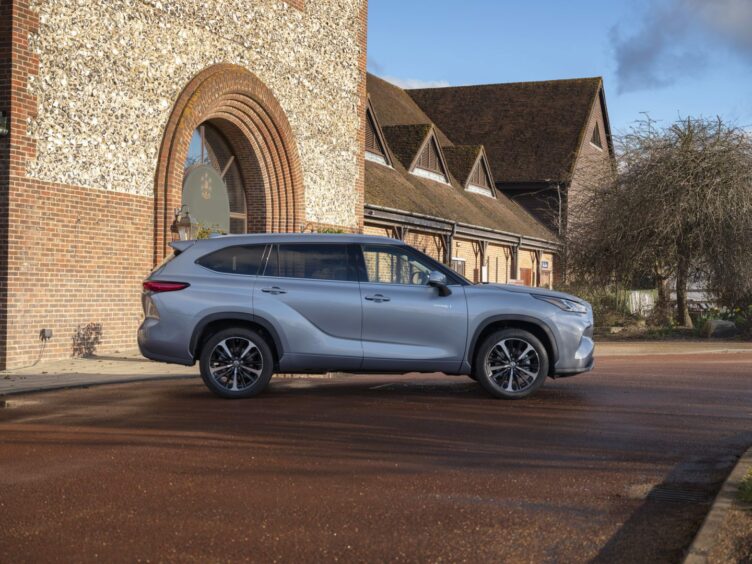
A soft suspension set up and high levels of noise insulation make it a refined car to drive. The flipside is it does not handle like a sports car, but few SUV buyers will care about that.
The interior is a nice place to be, particularly for passengers. You’ll find plenty of leg and head room in the front and middle rows, while seats six and seven are big enough or children or small adults.
Even with all seven seats in space there’s still an impressive 332 litres of boot space. Use the Toyota Highlander as a five-seater and there’s an excellent 658 litres of space.
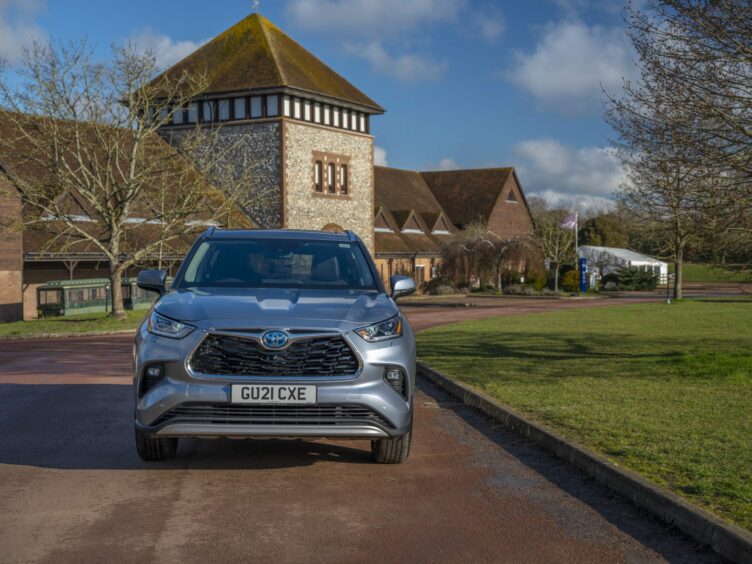
Need to carry large items of furniture? With rear and middle rows folded there’s a van-like 1,909 litres available.
The Toyota Highlander can also tow up to two tonnes.
With all-wheel drive and decent ground clearance the Highlander is capable of a bit of off roading.
If you regularly need to tackle tough trails you’ll want to look at a Discovery or, indeed, Toyota’s impressive Land Cruiser.

I came away surprisingly impressed by the Toyota Highlander. A spacious interior and high levels of standard equipment help justify the extra outlay over a Sorento or a Santa Fe.
While it may not have a German badge, it’s good enough to tempt people away from their large Audi and Mercedes SUVs.
A hybrid engine boost its green credentials, although a two-tonne SUV can’t exactly be said to be environmentally friendly.
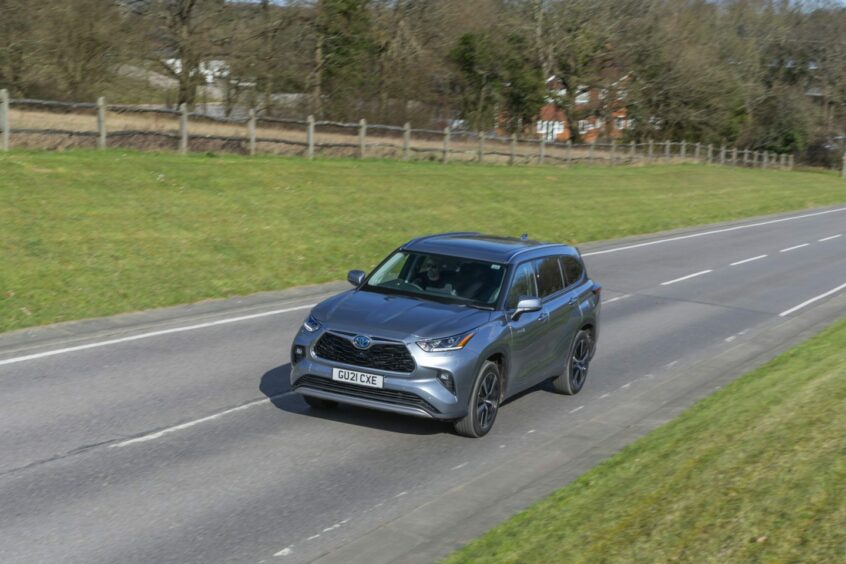
Being a Toyota, you can expect excellent reliability – and that’s backed up by a 10-year, 100,000-mile warranty.
Despite all those plus points, the Toyota Highlander seems unlikely to sell in huge numbers here. I suspect those who do buy one will be pleased with their purchase though.
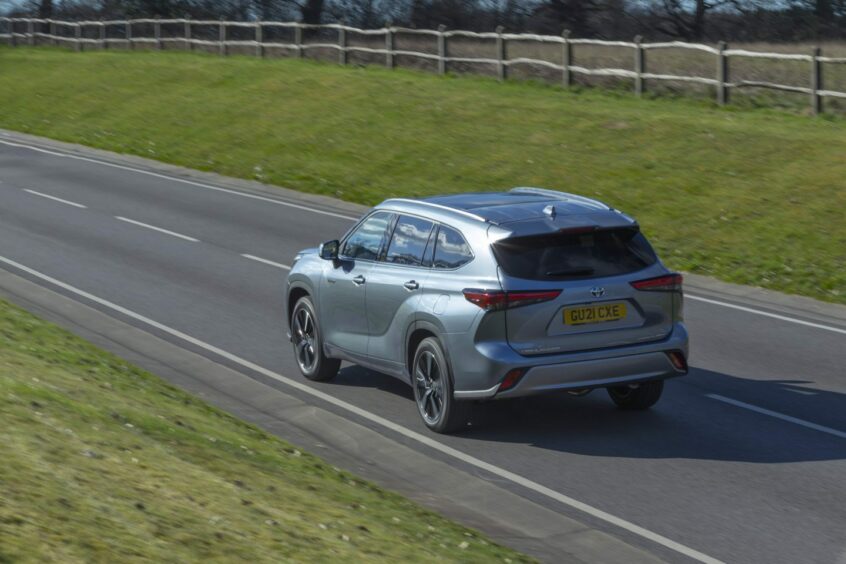
The Facts
Model: Toyota Highlander
Price: £53,230
0-62mph: 8.3 seconds
Top speed: 111mph
Economy: 39.2mpg
CO2 emissions: 160g/km



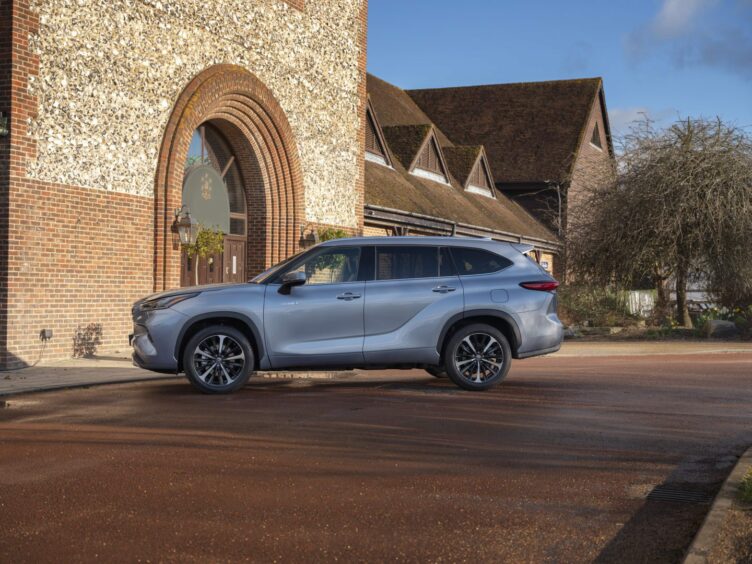

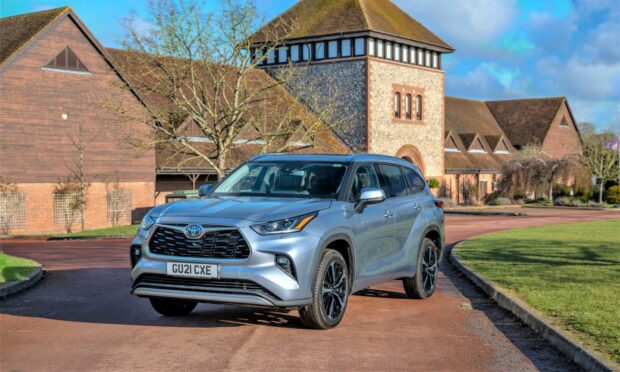
Conversation